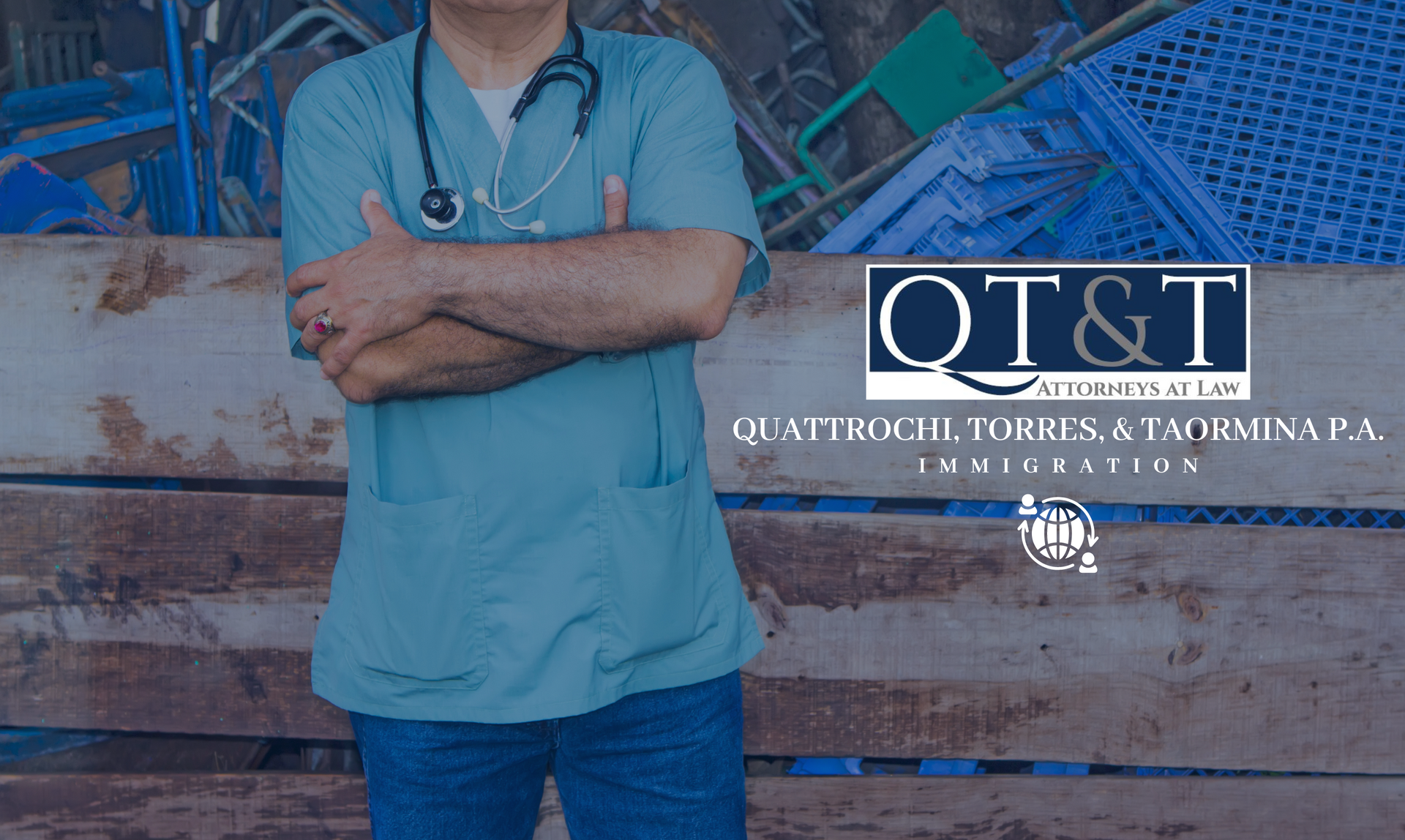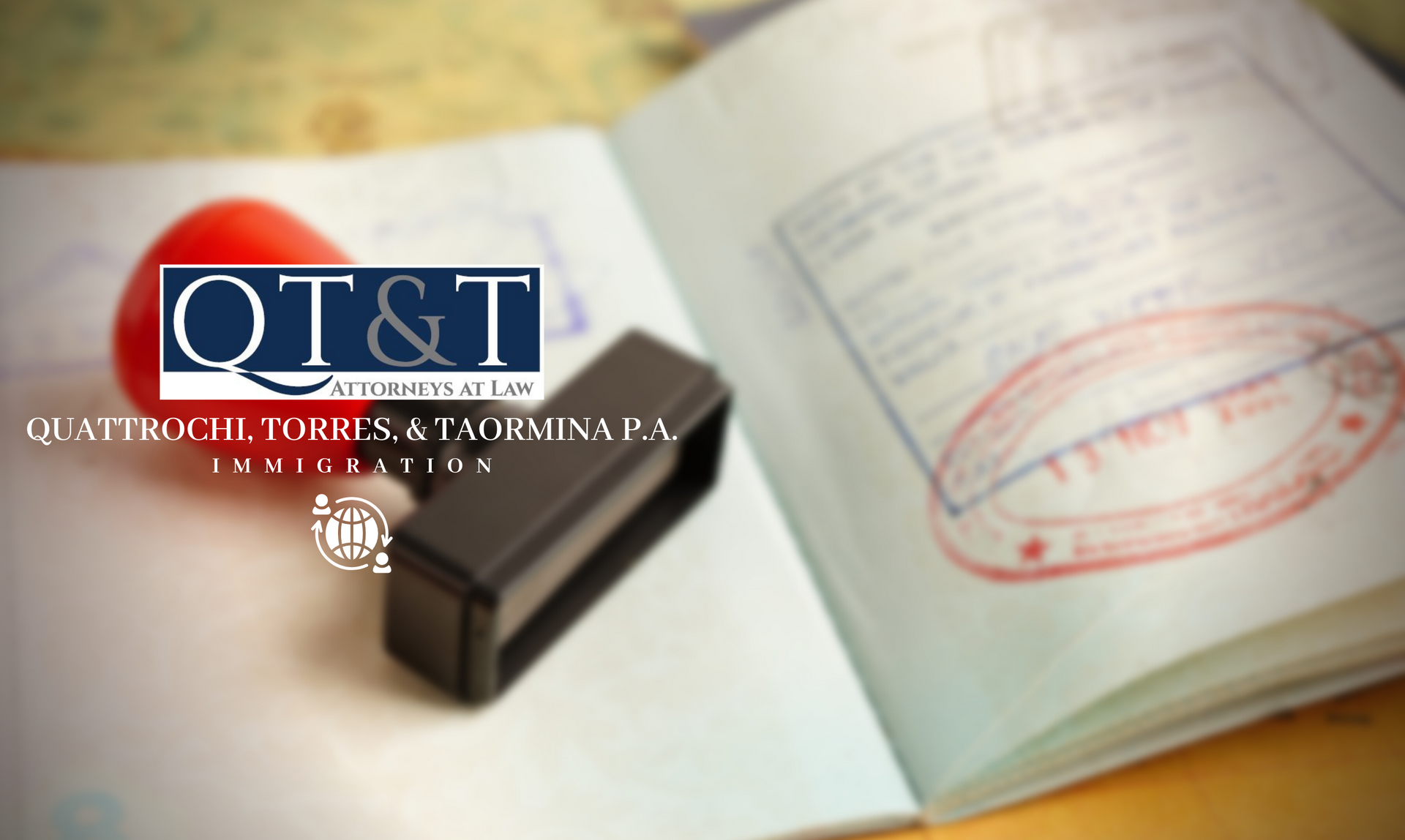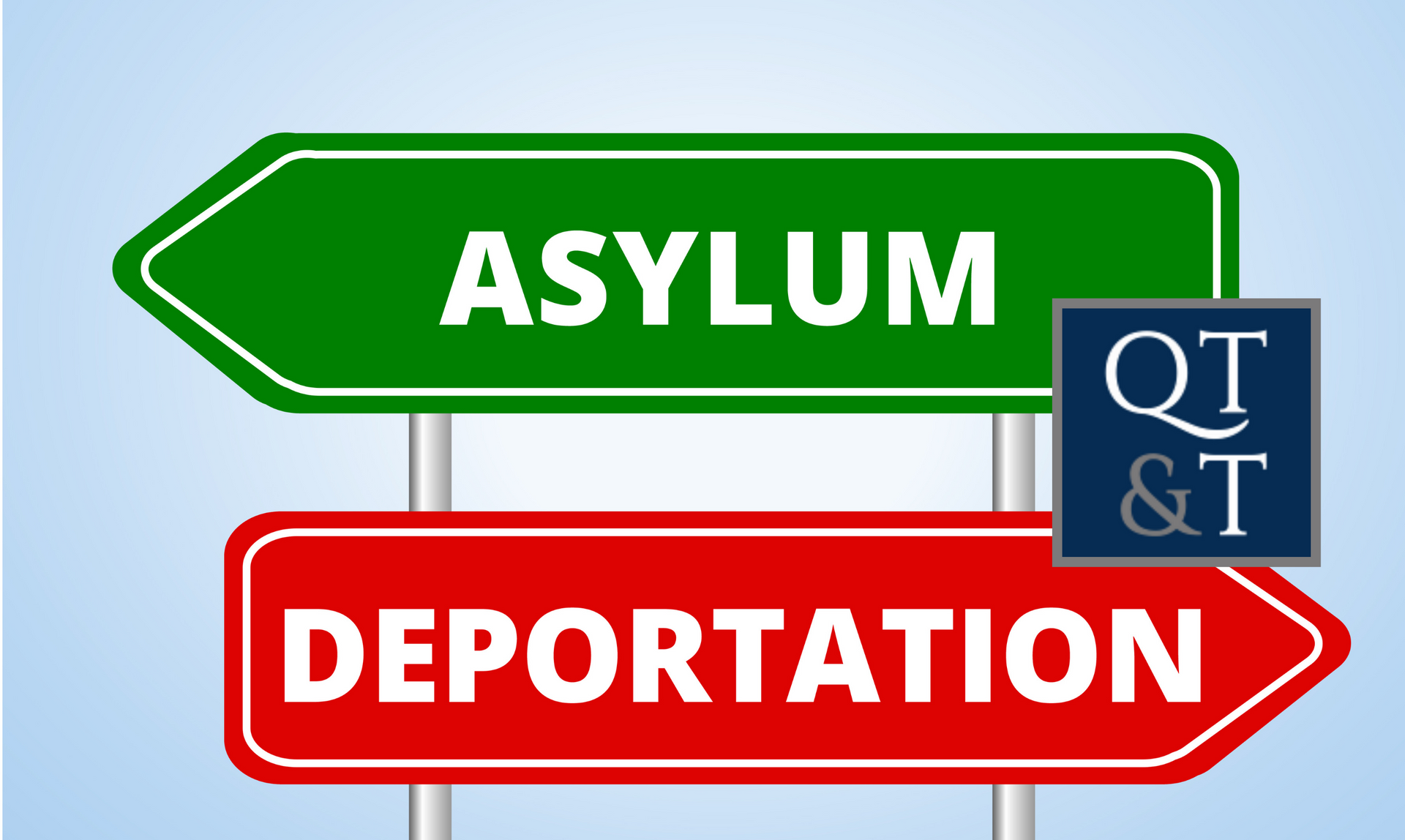🗣️ Fluent in English, Spanish & Portuguese 🌍
Navigating E-2 Visa Challenges: When the Approved Passport Is From a Non-Treaty Country
The E-2 Treaty Investor Visa offers a unique opportunity for individuals from treaty countries to invest in and operate businesses within the United States. However, complexities arise when the approved passport of an E-2 visa applicant, or their dependents belongs to a country that does not have a treaty agreement with the U.S. This situation presents a unique set of challenges and considerations for potential investors and their families.
Understanding the E-2 Visa Framework
The E-2 visa is predicated on reciprocal treaties of commerce and navigation between the United States and other countries. It allows nationals of these countries to be admitted to the U.S. when investing a substantial amount of capital in a U.S. business. The intricate nature of this visa type means that eligibility is strictly tied to the nationality of the treaty country.
The Challenge of Non-Treaty Passports
A perplexing scenario arises when an E-2 visa is issued and placed in the passport of an individual from a non-treaty country. At face value, this situation seems contradictory to the foundational requirements of the E-2 visa classification. It's crucial to clarify that for primary applicants, the E-2 visa must be issued based on their nationality of a treaty country. If the passport presented is from a non-treaty country, it could be an error or a special circumstance that needs to be addressed directly with the consular office.
For dependents of the E-2 visa holder, such as a spouse or child, the nationality requirement is more flexible. Dependents do not need to hold the same nationality as the principal applicant. They can hold passports from non-treaty countries and still be eligible for E-2 dependent visas, provided their relationship to the principal applicant can be duly established.
Navigating the Application Process
1.
Verification and Consultation: If an E-2 visa is mistakenly issued in a non-treaty country's passport, immediate verification with the issuing consulate or embassy is essential. Understanding the basis of the visa issuance and ensuring it aligns with U.S. immigration laws is crucial.
2.
Documentation and Proof: In cases where dependents hold passports from non-treaty countries, thorough documentation proving the familial relationship to the principal E-2 visa holder is paramount. Marriage certificates, birth certificates, and other legal documents must be presented to establish eligibility for dependent visas.
3.
Legal Guidance: Given the complexities and potential for misunderstanding in such scenarios, seeking advice from an immigration attorney is advisable. Professional legal counsel can provide clarity, navigate the application process, and address any anomalies or issues that arise with visa issuance.
4.
Consular Communication: Direct communication with the consular office is vital in resolving any discrepancies or misunderstandings related to the issuance of an E-2 visa in a non-treaty country's passport. Consular officers can provide specific guidance tailored to the individual case.
Conclusion
While the E-2 Treaty Investor Visa program fosters economic investment and cultural exchange, it is not without its complexities, particularly concerning nationality and treaty agreements. When an E-2 visa is approved in a passport from a non-treaty country, it is essential to approach the situation with diligence, seeking clarity and guidance from legal experts and consular officials to ensure compliance with U.S. immigration policies and safeguard the rights and opportunities of investors and their families.

By Jonathan Amador
•
22 Apr, 2024
Discover the essential steps to immigrate to the US as a doctor with our comprehensive guide for international physicians. From educational requirements to visa options, learn how to navigate the complex process and establish your medical career in the United States.

By Jonathan Amador
•
22 Apr, 2024
Unlock the EB-2 NIW Visa process with our comprehensive guide! From eligibility criteria to application steps, understand how this visa category can benefit you. Ready to pursue your American dream? Let's navigate this journey together. #EB2NIW #USVisa #ImmigrationGuide"

By Jonathan Amador
•
18 Mar, 2024
Dive into the legal complexities of Miguel-Peña, et al. v. Garland (2024), where Wendy Carolina Miguel-Peña and her daughter challenge their removal proceedings and asylum application denial. Unravel the arguments, court analysis, and implications, shedding light on procedural requirements, asylum criteria, and the intricate dynamics of immigration law in the United States.

By Jonathan Amador
•
18 Mar, 2024
Explore the legal intricacies of Edwards v. Attorney General (2024), where Karastan L. Edwards challenges the classification of his conviction as an aggravated felony impacting his immigration status. Delve into the arguments, court analysis, and implications of this pivotal case, shedding light on the complex interplay between state court modifications and federal immigration law.

By Jonathan Amador
•
22 Feb, 2024
The H-1B Visa: A Gateway for Global Talent in Specialty Occupations The H-1B visa serves as a crucial bridge for highly skilled professionals from across the globe, offering a unique opportunity to contribute their expertise to the U.S. workforce. This visa category encompasses a wide range of specialty occupations, from accountants and attorneys to software engineers and medical workers, and even extends to distinguished fashion models, showcasing the diversity of talent it attracts. Understanding the H-1B Visa The H-1B visa is designed for temporary nonimmigrant workers in fields that demand a high level of specialized knowledge, typically requiring at least a bachelor's degree or its foreign equivalent. Unique among work visas, it also accommodates distinguished fashion models, highlighting its broad scope. The Distinction of H-1B Status Holding an H-1B visa status is distinct from merely having the visa stamp in one's passport. The status confers the right to work in the U.S. in a specialized role, initially granted for up to three years and renewable in increments up to a total maximum of six years. For those seeking to extend their journey beyond this tenure, transitioning to an employment-based green card is a viable path. Meeting the H-1B Requirements To qualify for an H-1B visa, candidates must secure a job offer from a U.S. employer in a specialty occupation that matches their educational and professional background. The role must offer prevailing wages and meet the educational criteria, typically a U.S. bachelor's degree or equivalent. Selection in the H-1B visa lottery is a critical step for those subject to the annual cap, marking the beginning of their application journey. Sponsorship: The Employer's Role H1B sponsorship is a pivotal process that allows U.S. companies to bring foreign professionals to the United States for temporary work in specialty occupations. The responsibility of filing the H-1B visa petition with USCIS lies with the U.S. employer. Successful approval of the petition ushers in the employer's duty to ensure the H-1B employee is accorded the same job benefits as their counterparts, including bonuses, health benefits, and other employment perks, thereby maintaining equity within the workplace. The Application Process: A Step-by-Step Overview The application process for an H-1B visa involves meticulous preparation, starting with the employer filing a Labor Condition Application (LCA) with the Department of Labor (DOL) for certification. Following certification, the employer assembles an H-1B petition, including Form I-129, the certified LCA, and a comprehensive package of supporting documents, such as proof of the candidate's qualifications and details of the job offer. For candidates outside the U.S. or those changing status, obtaining an H-1B visa stamp through consular processing is the next step. This involves completing Form DS-160, paying the visa application fee, and attending an interview at a U.S. consulate or embassy, armed with the necessary documentation, including the I-797 H-1B approval notice and a valid passport. Extension and Renewal: Ensuring Continuity For H-1B workers seeking to extend their stay beyond the initial authorization, the renewal process mirrors the initial application. Employers must initiate this process well in advance of the visa's expiration, filing a new I-129 petition with USCIS to extend the candidate's H-1B status, thereby ensuring uninterrupted employment in their specialty occupation. As the landscape of work continues to evolve, the H-1B visa remains a pivotal pathway for professionals seeking to leverage their specialized skills on the global stage, embodying the spirit of collaboration and growth that defines the modern workforce.
CONTACT US
950 S. Winter Park Dr., Suite 207
Casselberry, FL 32707
PRACTICE AREAS






